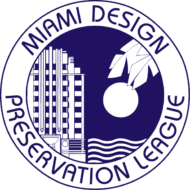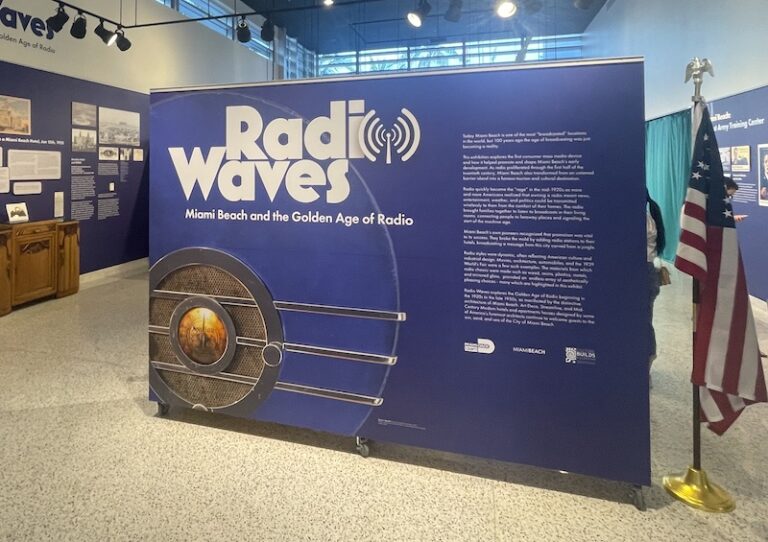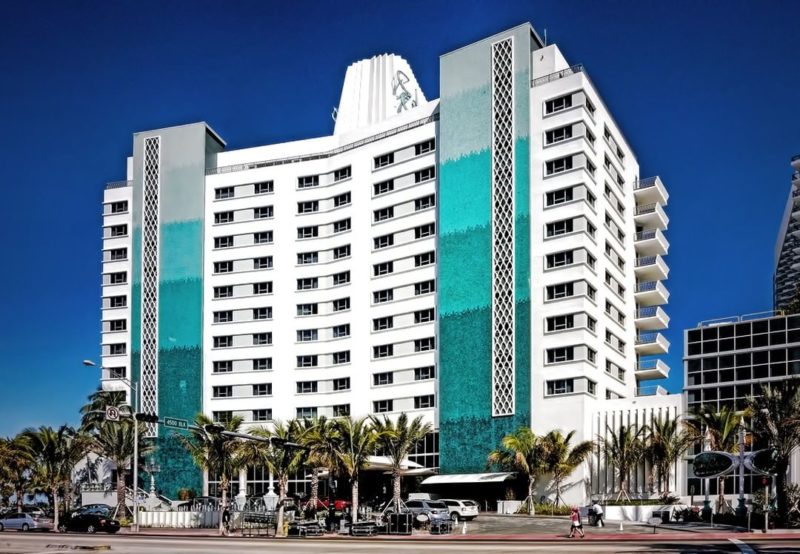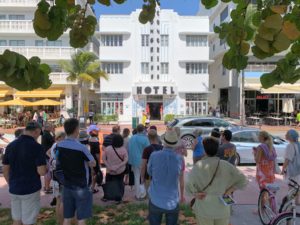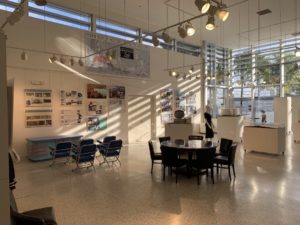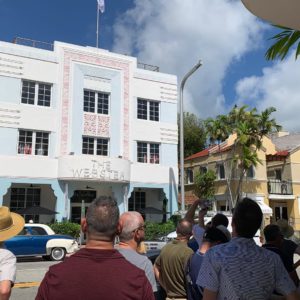Flagler Monument Island is a small man-made island off the coast of Miami Beach, Florida. While it may resemble just another island in the bay, it is actually a monument to one of the most important figures in the development of the State of Florida: Henry Flagler.

Flagler was a man of great vision. Born in 1830 in New York, he amassed his fortune in the oil business before setting his sights on the Florida peninsula. At the tail end of the 19th century, Florida was a sparsely populated state with little industry or infrastructure. But Flagler saw the mass potential for growth and set out to transform the state into a modern, prosperous destination.
To achieve this goal, Flagler required transportation. At the time, the primary way to travel to Florida was by boat – steamships and ferries – and even then, the trips were long, grueling, and arduous. Therefore Flagler set out to build a railroad, the Florida East Coast Railway, which would stretch from Jacksonville all the way south to Key West.
This project was a mammoth undertaking, requiring the laying of miles of track, the construction of bridges, and the draining of wetlands. By 1912, the railroad was completed, and in that same year, Flagler rode the inaugural train all the way down to Key West.
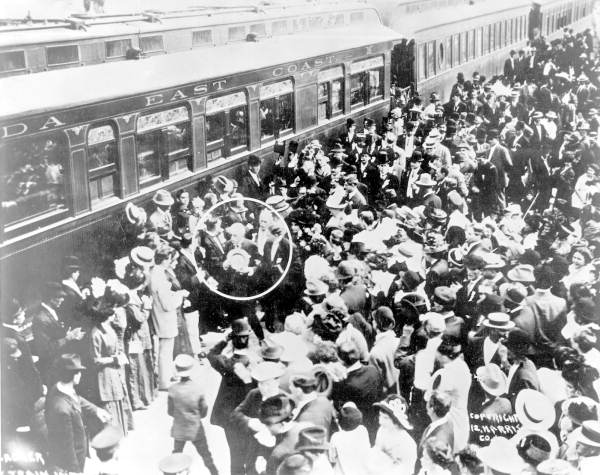
It is important to mention that West Palm Beach was the original terminus of his rail line. However, with a bit of persuasion on the part of Julia Tuttle after she made him aware that oranges from Fort Dallas (now Miami) had been spared from a devastating freeze that year, Flagler expanded his railway to include Miami and the Florida Keys – helping to secure South Florida’s settlement and eventual population and real estate boom.
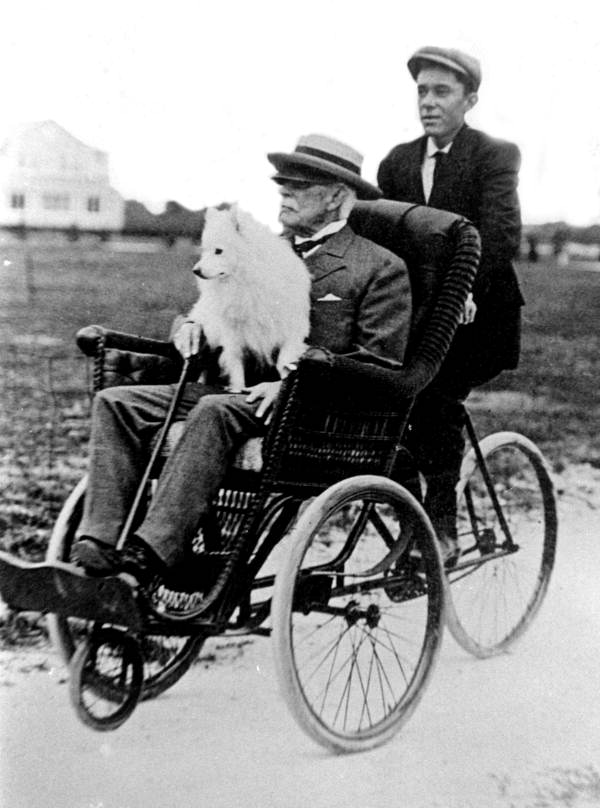
But Flagler’s vision went beyond transportation. He saw Florida as a place where people could escape the bitter, dreary northern winters, and he built a series of grand hotels along the Floridian coast.
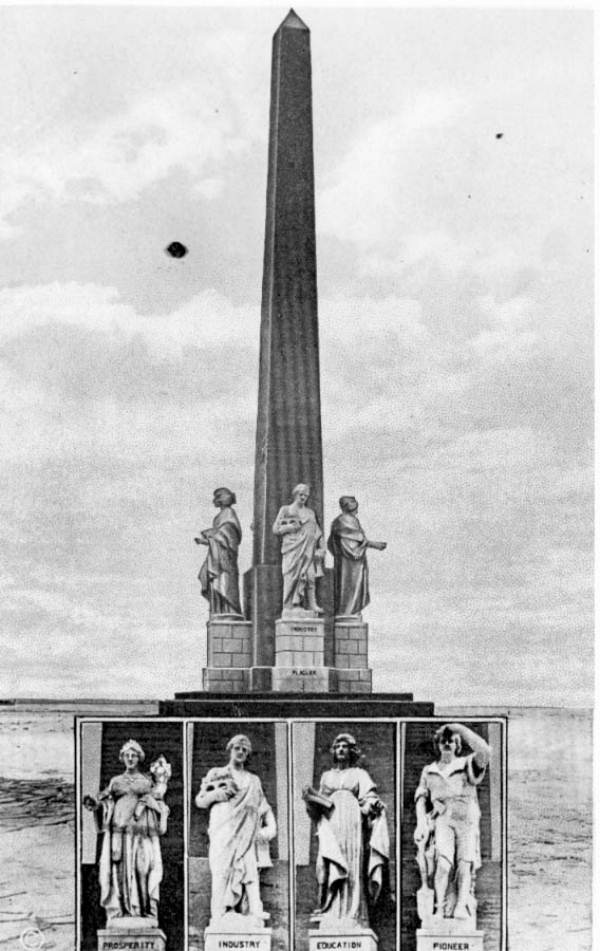
In 1913, a year after completing the construction of the railroad, Flagler passed away. To honor his contributions to the state of Florida, in 1920, Co-Founder of Miami Beach, Carl G. Fisher commissioned a monument in his memory.
Carl Fisher hired the John B. Orr Construction Company, a well-known builder in South Florida, to build the monument on the small, isolated island. The monument’s creation was entrusted to nationally renowned sculptors Ettore Pellegatta and H.P. Peterson.
A small island off the coast of Miami Beach was selected which had been created by dredging the bay, and there constructed a 110 foot-tall obelisk monument in the center with four symbolic statues personifying Industry, Education, Pioneer and Prosperity – all facing their respective cardinal directions.
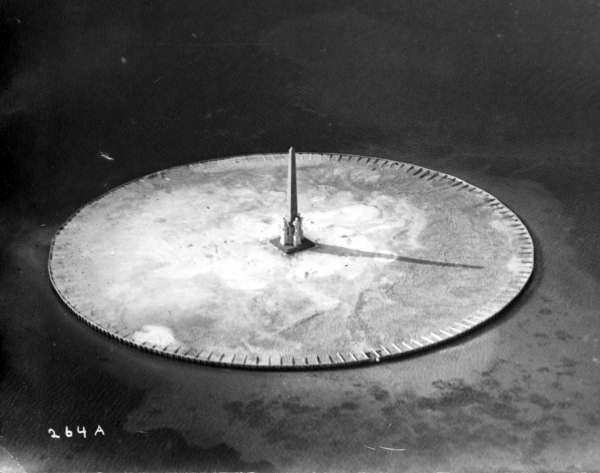
In 1939, the city of Miami Beach was deeded ownership and control of the property and monument by Carl Fisher’s Alton Realty Company. It has since been used as a passive park-like setting for boating visitors.
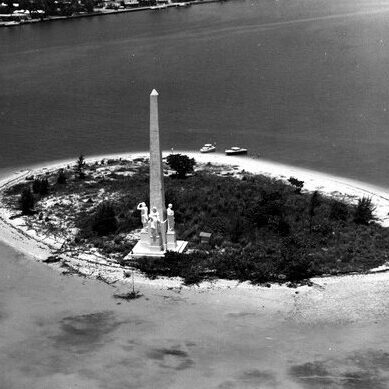
Sadly, the island and the monument have fallen into disrepair over the years. Hurricanes, erosion, vandalism, washed-up trash, and visitor litter have impacted the island. Throughout the early 2000’s, the City of Miami Beach launched major restoration and volunteer projects in order to maintain the island and monument from experiencing further deterioration.
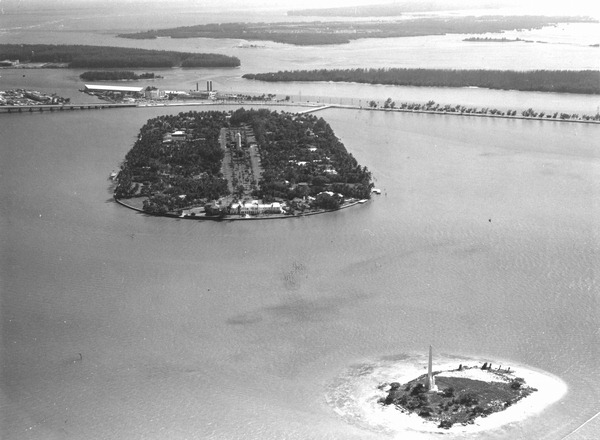
The City Commission granted historic site status to the Flagler Memorial and Monument Island on March 20, 2002, following a unanimous vote of 6 to 0 with 1 absence, during the first and final public hearing. Today, the island is open to the public and can be visited by boat, although to keep vandals from defacing the statues, the monument itself remains gated. The monument and surrounding park offer gorgeous views of the Miami skyline, the McArthur Causeway, the Port of Miami, and surrounding waters.
